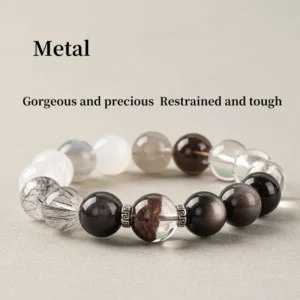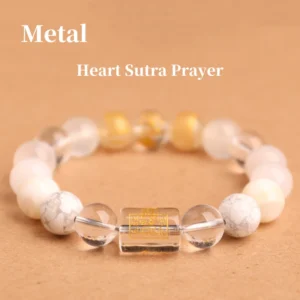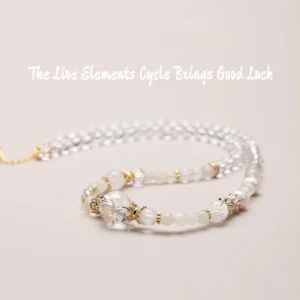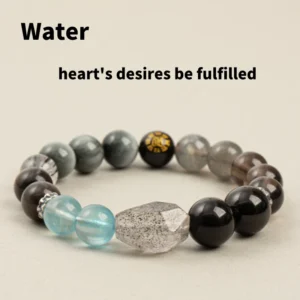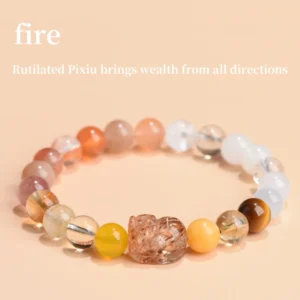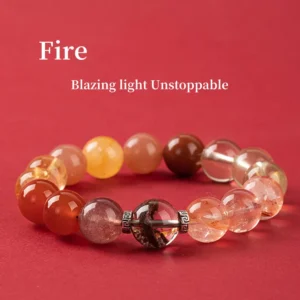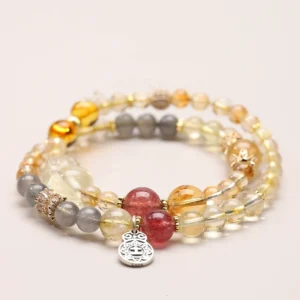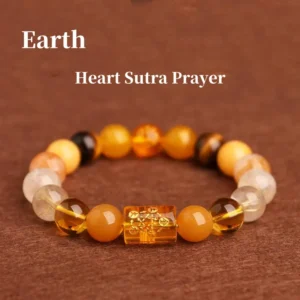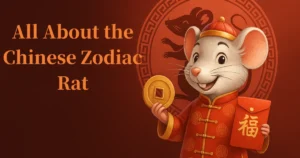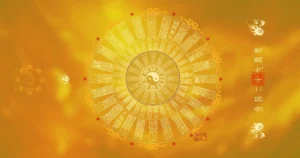
Unlock the Power of the Five Elements (Wu Xing) for Harmony, Health & Prosperity
In the rich tapestry of Chinese culture, few concepts are as profound and far – reaching as the Five Elements theory. Rooted in ancient wisdom, this philosophical framework has influenced everything from traditional Chinese medicine and feng shui to divination and daily life practices. Whether you’re intrigued by Eastern philosophy, seeking to understand the cultural underpinnings of Chinese traditions, or looking for ways to apply ancient wisdom to modern wellness, the Five Elements theory offers a fascinating perspective. In this blog post, we’ll embark on a journey to explore the essence, origins, and practical applications of the Chinese Five Elements.
📚 Table of Contents
1.What are the Chinese Five Elements?
2.The Philosophical Origins of the Five Elements.
3.Characteristics of Each Element.
4.The Five Elements and Life.
5.Applications in Feng Shui, Traditional Chinese Medicine, and Numerology.
6.How to Balance Your Five Elements.
1.What are the Chinese Five Elements?
Chinese Five Elements represent dynamic forces, qualities, and processes that govern the universe and all phenomena within it. These elements are not static but are in a constant state of interaction, transformation, and balance, forming the basis of a holistic worldview.
At the core of the Five Elements theory is the belief that everything in the universe, from celestial bodies to human beings, can be categorized into one of these five elements. This classification system allows for a deeper understanding of the relationships and patterns that exist between different things, providing a framework for explaining natural phenomena, human behavior, and the interconnectedness of all life.
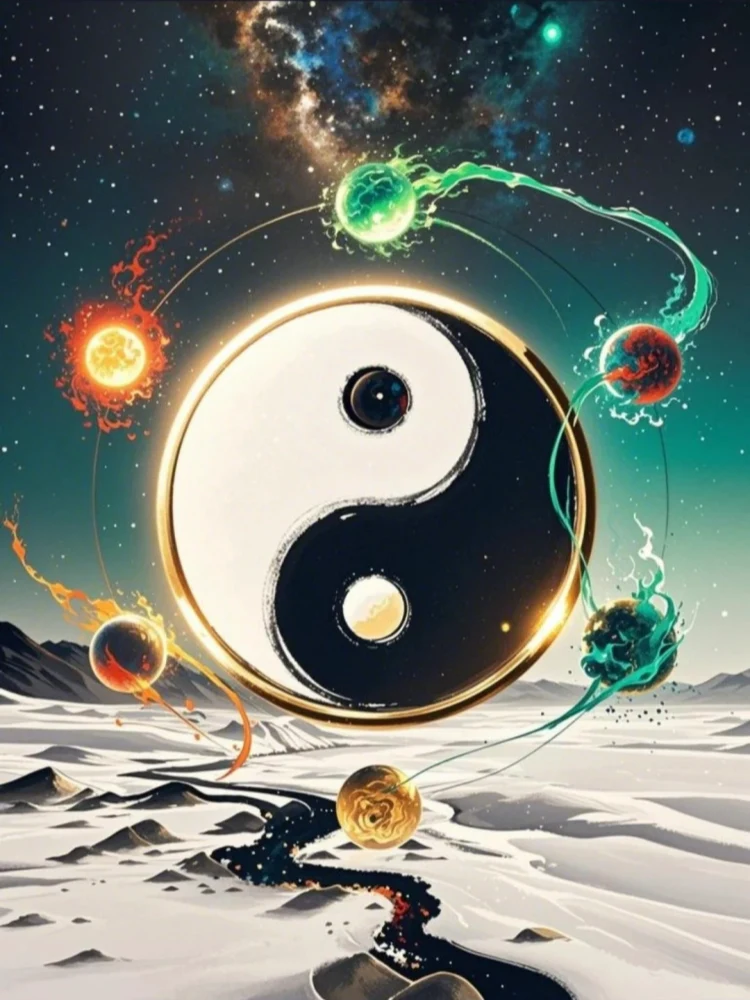
2.The Philosophical Origins of the Five Elements.
The origins of the Five Elements theory can be traced back over 2,000 years to ancient China. The earliest written records of the Five Elements can be found in the Shangshu (Book of Documents), one of the oldest Chinese classic texts. Initially, the concept was used to describe the natural cycles of the seasons, the growth and decay of plants, and the movement of celestial bodies.
Over time, the theory evolved and was integrated with other philosophical concepts, such as Yin – Yang and Taoism. Taoist philosophers saw the Five Elements as manifestations of the Tao, the fundamental principle that underlies the universe. They believed that the harmonious interaction of these elements was essential for the balance and well – being of the cosmos.
During the Warring States period (475 – 221 BC), the Five Elements theory was further developed by the philosopher Zou Yan, who incorporated it into a comprehensive system of cosmology and divination. Zou Yan’s ideas had a profound influence on Chinese thought, and the Five Elements theory became widely accepted as a fundamental principle in various fields, including medicine, astrology, and politics.

3.Characteristics of Each Element.
Wood Element 🌲
The Wood element is associated with growth, vitality, and expansion. It represents the energy of spring, when plants sprout and new life emerges. Characteristics of the Wood element include flexibility, adaptability, and the drive for growth and development. In nature, Wood is symbolized by trees, plants, and the rising sun.
In the human body, the Wood element corresponds to the liver and gallbladder, which are responsible for the smooth flow of qi (vital energy) and the regulation of emotions. People with a strong Wood element are often seen as assertive, ambitious, and creative, but they may also be prone to anger and frustration if their growth is blocked.
Fire Element 🔥
The Fire element embodies warmth, passion, and illumination. It represents the energy of summer, when the sun is at its peak and 万物 thrives under its heat. Fire is associated with joy, enthusiasm, and the ability to connect with others on an emotional level. In nature, Fire is symbolized by the sun, flames, and lightning.
In the body, the Fire element corresponds to the heart and small intestine, which govern blood circulation and the emotional center. People with a strong Fire element are often charismatic, sociable, and full of vitality, but they may also be prone to anxiety and restlessness if their Fire burns too brightly.
Earth Element ⛰️
The Earth element is linked to stability, nourishment, and grounding. It represents the energy of late summer, when the harvest is abundant and the earth provides sustenance. Earth is associated with qualities such as patience, compassion, and a sense of responsibility. In nature, Earth is symbolized by soil, mountains, and the center of the earth.
In the body, the Earth element corresponds to the spleen and stomach, which are responsible for digestion and the transformation of food into energy. People with a strong Earth element are often nurturing, reliable, and practical, but they may also be prone to worry and overthinking if they become too rooted in the material world.
Metal Element 🧈
The Metal element is associated with clarity, precision, and transformation. It represents the energy of autumn, when the leaves fall and the cycle of life comes to an end. Metal is symbolized by minerals, metals, and the cool, crisp air of autumn. It is also associated with the qualities of integrity, discipline, and the ability to let go of the old and make way for the new.
In the body, the Metal element corresponds to the lungs and large intestine, which are responsible for respiration and elimination. People with a strong Metal element are often organized, detail – oriented, and have a strong sense of justice, but they may also be prone to grief and sadness if they struggle to adapt to change.
Water Element 🌊
The Water element embodies fluidity, adaptability, and wisdom. It represents the energy of winter, when the world is in a state of rest and introspection. Water is associated with qualities such as depth, mystery, and the ability to flow around obstacles. In nature, Water is symbolized by rivers, lakes, and the ocean.
In the body, the Water element corresponds to the kidneys and bladder, which are responsible for the regulation of fluids and the storage of essence. People with a strong Water element are often intuitive, resourceful, and adaptable, but they may also be prone to fear and insecurity if they feel out of control.
4.The Five Elements and Life.
The Five Elements theory offers a unique perspective on understanding human nature, behavior, and life events. According to this theory, each person is born with a unique combination of the Five Elements, which influences their personality traits, strengths, and weaknesses. By understanding one’s elemental makeup, individuals can gain insights into their own nature and make choices that align with their true selves.
For example, a person with a dominant Wood element may be naturally ambitious and driven, but may also need to learn to control their anger and be more flexible. A person with a strong Fire element may be outgoing and sociable, but may need to find ways to balance their energy and avoid burnout.
The Five Elements also play a role in understanding the cycles of life. Just as the seasons change and the elements transform, our lives are also subject to cycles of growth, transformation, and renewal. By recognizing these cycles and working with the energy of the elements, we can navigate life’s challenges more effectively and achieve greater balance and harmony.

5.Applications in Feng Shui, Traditional Chinese Medicine, and Numerology.
Feng Shui
In feng shui, the art of harmonizing energy in the environment, the Five Elements are used to create balance and promote positive qi flow. Each element is associated with a specific direction, color, shape, and material, and by incorporating these elements into the design and layout of a space, feng shui practitioners aim to create a harmonious and supportive environment.
For example, the Wood element is associated with the east, the color green, and the shape of a rectangle. Placing plants or wooden furniture in the east corner of a room can enhance the Wood energy, promoting growth and vitality. The Fire element is associated with the south, the color red, and triangular shapes. Using red accents or lighting in the south area of a home can boost the Fire energy, bringing warmth and passion.
Traditional Chinese Medicine (TCM)
In Traditional Chinese Medicine, the Five Elements theory is used to explain the functions and relationships of the internal organs, as well as to diagnose and treat diseases. TCM practitioners believe that imbalances in the Five Elements can lead to physical and emotional health problems, and they use a variety of techniques, such as acupuncture, herbal medicine, and dietary therapy, to restore balance.
For example, if a person is experiencing liver – related problems, such as anger issues or digestive disorders, a TCM practitioner may diagnose a Wood element imbalance and prescribe treatments to strengthen the Wood element, such as eating more green vegetables or using acupuncture points associated with the liver meridian.
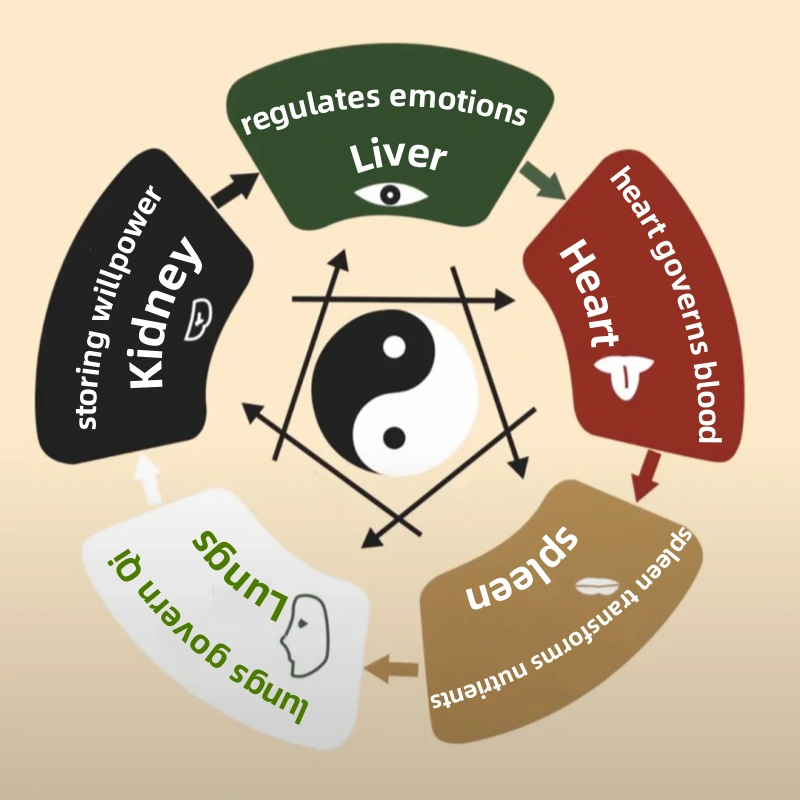
Numerology
In Chinese numerology, the Five Elements are also used to analyze and interpret numbers. Each number is associated with one of the Five Elements, and by understanding the elemental properties of numbers, numerologists can gain insights into a person’s destiny, personality, and life path.
For example, the number 1 is associated with the Water element, representing new beginnings, intuition, and adaptability. The number 2 is associated with the Wood element, symbolizing growth, cooperation, and harmony. By analyzing the numbers in a person’s birth date or name, numerologists can provide guidance and predictions about their future.
6.How to Balance Your Five Elements.
Balancing the Five Elements in your life is essential for achieving physical, emotional, and spiritual well – being. Here are some practical tips to help you restore harmony:
Diet and Nutrition: Incorporate foods that correspond to each element into your diet. For example, eat more leafy greens (Wood), spicy foods (Fire), sweet and nourishing foods (Earth), white – colored foods (Metal), and dark, watery foods (Water).
Color Therapy: Surround yourself with colors that represent the elements you need to strengthen. Wear clothing, use home decor, or practice meditation with the appropriate colors.
Exercise and Movement: Engage in activities that align with the elements. For instance, yoga and stretching for the Wood element, high – intensity cardio for the Fire element, grounding exercises like tai chi for the Earth element, and swimming for the Water element.
Environment and Feng Shui: Arrange your living and working spaces according to feng shui principles to enhance the flow of positive energy and balance the elements.
Mindfulness and Meditation: Practice mindfulness and meditation to cultivate awareness of your inner state and align your energy with the natural rhythms of the elements.
Crystal Healing: You can wear elemental-themed crystals or jewelry (e.g., tiger’s eye for the element of earth, aquamarine for the element of water) to enhance or balance your energy.

